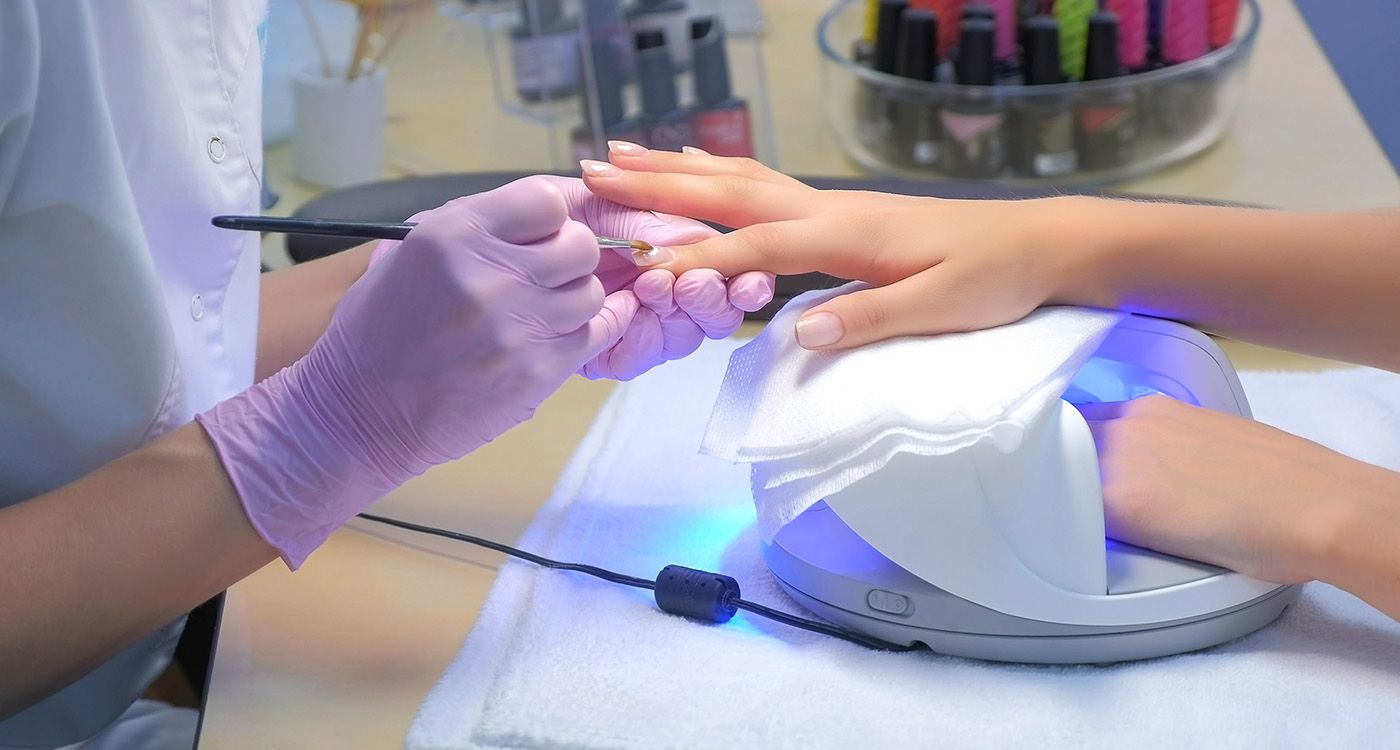
Starting September 1, 2025, the European Union and Switzerland will ban semi-permanent nail polishes containing TPO, now officially classified as carcinogenic. This shake-up is rattling the beauty industry in Europe… but leaves Lebanon, where regulation is virtually nonexistent, facing its own risks.
For years, semi-permanent nail polish has captivated a growing clientele, attracted by the promise of glossy, chip-resistant nails that last for weeks. But under the UV lamps of beauty salons, a small revolution is looming. As of September 1, 2025, both Switzerland and the entire EU will prohibit the sale and use of these polishes if they contain TPO (Trimethylbenzoyl Diphenylphosphine Oxide), an additive now considered a suspected carcinogen.
Until recently, TPO was known only to chemists and beauty professionals. However, this photoinitiator played a key role in the rise of semi-permanent polishes: it enabled ultra-fast drying and long-lasting hold under UV or LED lamps. It was, in essence, the invisible ally of modern manicures. But technological advantage comes with a dark side: recent studies, particularly by the Scientific Committee on Consumer Safety (SCCS), have highlighted its toxicity risks for reproduction and potential cancer links.
Following these findings, TPO was classified as CMR 1B (carcinogenic, mutagenic or toxic to reproduction), a category that triggers its automatic ban in cosmetics under EU Regulation (EC) No 1223/2009. Switzerland, often aligned with European standards, will enforce the same measure simultaneously.
Salons on Edge, Stockpiles to the Trash
Regulators insist the decision is rooted in public health. “It is no longer acceptable for a beauty product to expose clients or professionals, even minimally, to serious risks,” says an expert at France’s DGCCRF. While the risk to occasional users may be low, repeated exposure, especially among professionals, raises concern. The ban reflects a growing culture of precaution, in line with rising demands for safety and transparency.
But this regulatory turn is unsettling for a sector already under economic pressure. Nail salons, whether small businesses or franchises, must now sort through their stock and often discard hundreds of bottles, with no compensation. Some professionals also fear a drastic shrinkage in color selection. “With TPO, we had access to over 1,500 shades. Tomorrow, we’ll be left with barely 50 until labs find alternatives,” explains the manager of a Geneva salon. For manufacturers, the ban means heavy investment in R&D and reformulation in an already hyper-competitive market.
In Switzerland, the looming deadline has sparked strong reactions. Nina Gasperin, who runs a salon in Kriens, laments having to throw away “thousands of francs worth of brand-new products” as hazardous waste. Like many, she blames authorities for giving too little time. “We were informed too late, it’s impossible to use up our stock in time,” she says.
Officially, the Federal Office for Food Safety and Veterinary Affairs points out that regulations automatically align with those of the European Union, and that it is up to professionals to adapt by anticipating market developments. As a result, Swiss salons are bracing for September with slimmer color palettes and painful financial losses.
Does this mean the end of long-lasting manicures? Not necessarily. The cosmetics industry, used to navigating ever-stricter standards, is already adapting. Many labs are working on alternatives to TPO, starting with TPO-L, a derivative considered less harmful and still permitted for now. Other photoinitiators, which are safer and less effective, are also under review. Major brands like Peggy Sage are already launching “TPO-free” lines, though they warn customers that wear and color range may be limited.
This shift, while temporarily shrinking choices and profit margins, also entails a broader question about cosmetic safety. TPO is neither the first nor the last ingredient to face such scrutiny. The decision underscores the importance of scientific vigilance and precaution in a sector where innovation often outpaces long-term risk assessment.
What About Lebanon?
The big question is: What happens in countries like Lebanon, where semi-permanent polishes are hugely popular but cosmetic regulations are virtually absent? Will clients and professionals remain exposed to an ingredient deemed too risky in Europe? With Lebanon’s beauty market heavily reliant on imports and loosely monitored, the issue highlights a two-tier reality: strict European safety standards versus laissez-faire in Lebanon.
For now, if your salon still offers TPO-based polishes, know that you have only a few months left to enjoy them, or switch to safer alternatives. Beauty, it seems, has never been so technical, nor so tightly regulated.


Comments